Recent Articles
Popular Makes
Body Types
10 of the Most Advanced Cars in 2017
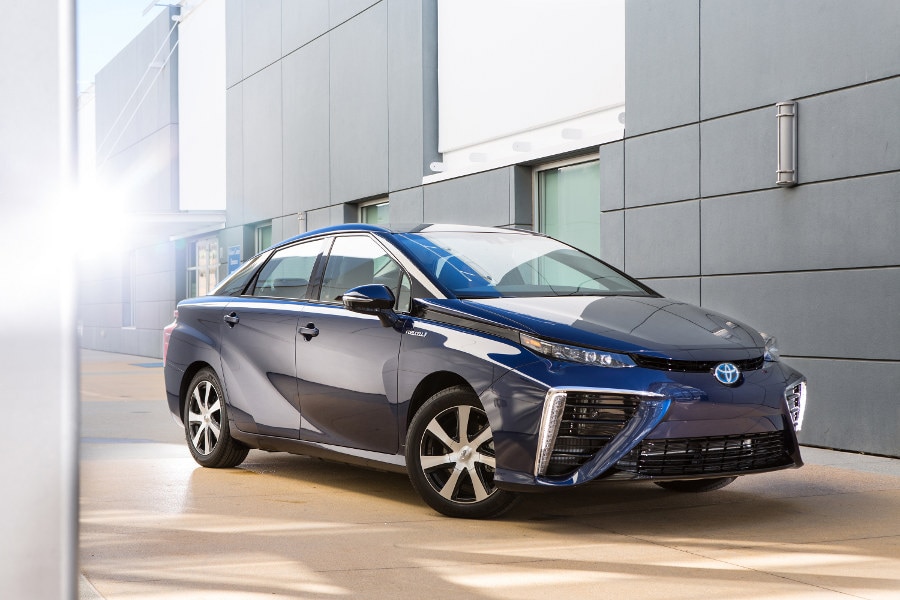
2016 Toyota Mirai - Exterior - Blue - Front Passenger Three-Quarter View ・ Photo by Toyota
The thing about these 10 most advanced cars is that most of them are in the premium category, or at least at the pricier end of a mainstream range. That’s because manufacturers put their innovations into their most expensive models first. Then these features gradually move into more affordable offerings. People can argue all they want about trickle-down economics, but trickle-down technology is a recognized phenomenon. And it works. Advanced automotive equipment these days is usually based on sensors and software. Cars are using radar, sonar, infrared and cameras to gather information about their surroundings. But some vehicles are also considered advanced because of their construction methods and materials, or their propulsion systems. We highlight them all here in our list of the most advanced cars for the 2017 model year.
2017 Acura NSX
Three electric motors, a twin-turbocharged 500-hp/3.5-liter V6 combustion engine, all-wheel drive and a 9-speed automated manual transmission make this hybrid supercar one unusual proposition. Yes, it starts at about $160,000, but previous performance hybrids have been closer to $1 million; trickle-down technology strikes again. Electronics provide distinct driving modes. These days, a sporty machine doesn’t have to be loud and harsh all the time. To prove it, the NSX has a Quiet mode. At the other end of the spectrum, there’s also a Track setting where top speed is a claimed 191 mph. It’s built in the United States by a combination of around 100 specialist technicians and eight robot welders.
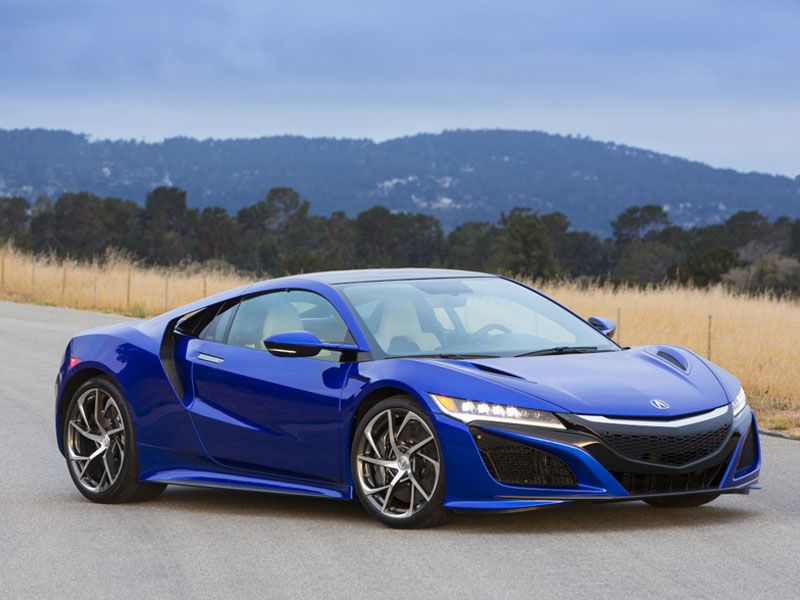
Photo by Acura
2017 Audi A4
The fifth generation of A4 debuts for the 2017 model year, so it’s a given that it can come with the freshest technology. One exciting feature is the Virtual Cockpit, a configurable information display — including Google Earth maps — where the traditional instrument cluster usually sits. We’ve come to expect things like the traffic jam assistant, which puts a helping silicon hand and/or foot on the steering wheel, throttle and brakes in stop/go conditions. Many premium cars have something along that line. But the Exit Warning feature is new, alerting anyone leaving the A4 if another car or cyclist might be near enough to hit that opened door. Linking up to a smart watch is also possible.
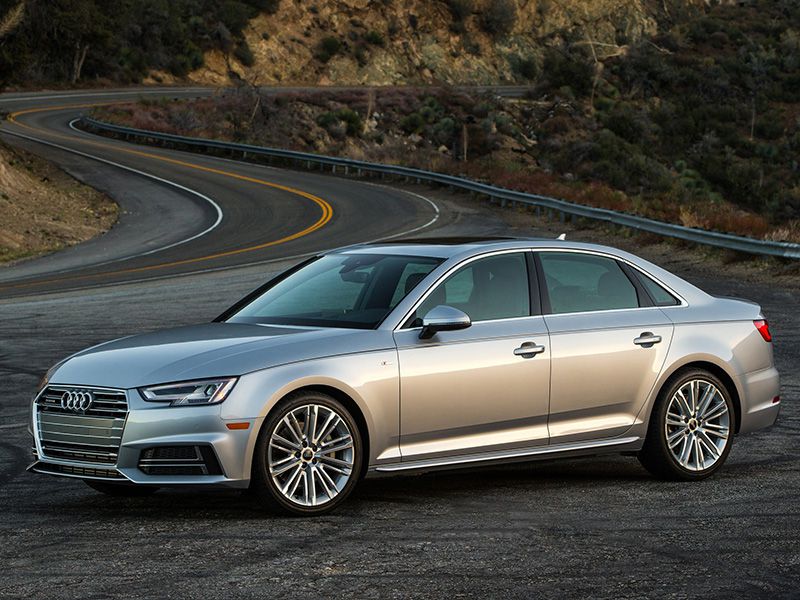
Photo by Audi
2017 BMW 7 Series
We could merely mention the infotainment system’s gesture control (turn a finger clockwise for more volume, counter-clockwise for less, or swipe left to send a phone call to the message service). Or the tablet available to rear passengers where they can control things like temperature, and go online. Placed in its dedicated spot, little motorized clips come up to hold it securely. That’s all pretty advanced. But there’s so much more. The body shell uses high-strength steel, aluminum and carbon fiber-reinforced plastic (CFRP) to keep weight in check while still providing protection and rigidity. There’s also a plug-in hybrid version that’s new for 2017, the 740e xDrive, with a range of 28 miles on battery power alone.
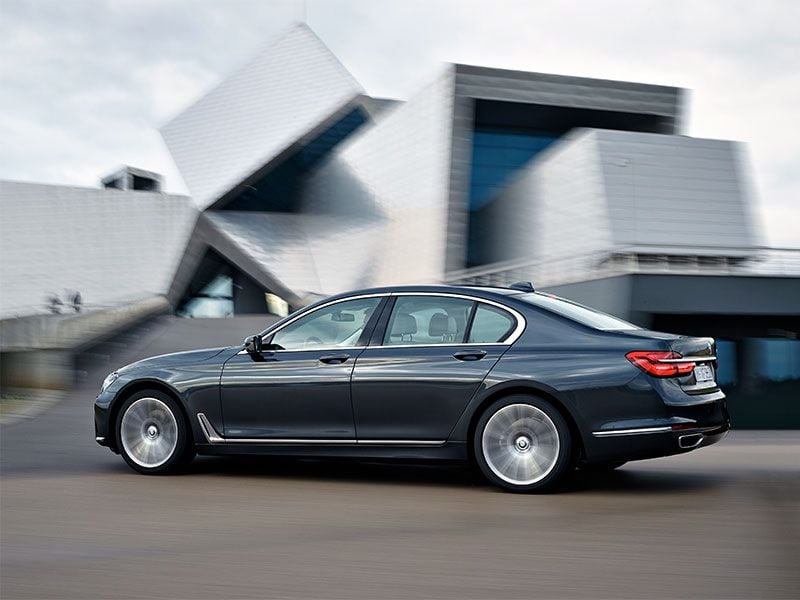
Photo by BMW
2017 Chevrolet Bolt EV
The Chevrolet Bolt is an all-new compact electric car with a punchy 200 hp and an estimated range of 238 miles. At this rate, the daily commute, the gym detour, the grocery run, even the occasional mercy dash, are all within reasonable reach while only bothering to recharge at home overnight. It resets expectations for what electric vehicles (except for Tesla) can achieve. The other positive aspect is that the Bolt drives not only like a regular car, but it’s a well-executed car with attractive driving manners and plenty of hatchback practicality. Sure, the $37,495 starting price is steep, but there’s a $7,500 federal tax credit and state incentives to consider. And the Bolt EV will be sold throughout the United States.
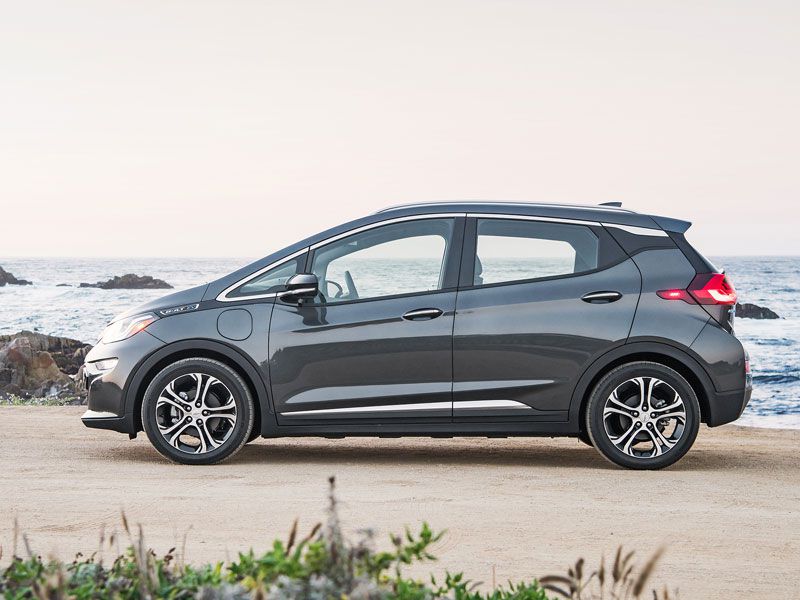
Photo by General Motors
2017 Jaguar F-Pace
“Oh, a premium compact crossover, how very cutting-edge,” a sarcastic person might say. But it pays to look below the surface. The F-Pace is unusual because its body is mainly aluminum, which is much lighter than the steel most other companies use. This helps bring the center of gravity closer to the ground. As a result, it feels much more like a car to drive, especially around corners, as opposed to some teetering SUV. So here’s an example of using advanced construction techniques (aluminum is much harder to work into shape than steel) to achieve qualities that are part of a company’s heritage. In Jaguar’s case, that means a thrilling yet smooth driving experience as well as sleek designs.
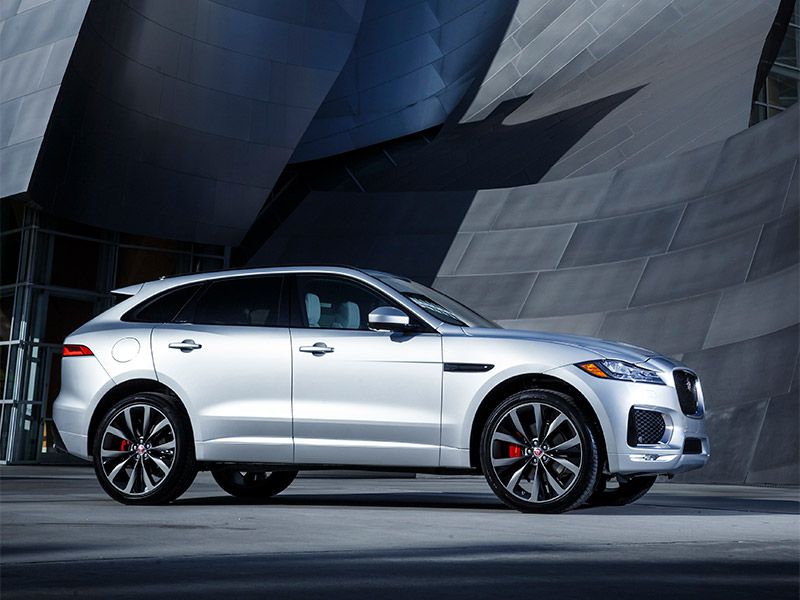
Photo by Jaguar Land Rover
2017 McLaren 570S
McLaren is one of the most successful Formula One teams in history. And Formula One is the world’s most technically advanced form of motorsport. Some of that expertise naturally goes into McLaren’s road cars. Saving weight is a major concern. Not only does the 570S have a carbon fiber tub around which the rest of the car is built, it also has things like a magnesium cros member behind the dashboard. Admittedly, carbon fiber has been around for a while, and magnesium even longer, but finding efficient ways to fashion them into components involve techniques that some companies are seeking to refine and explore all the time. That’s a basic lesson from Formula One — if you’re not going forward, you’re going backwards.
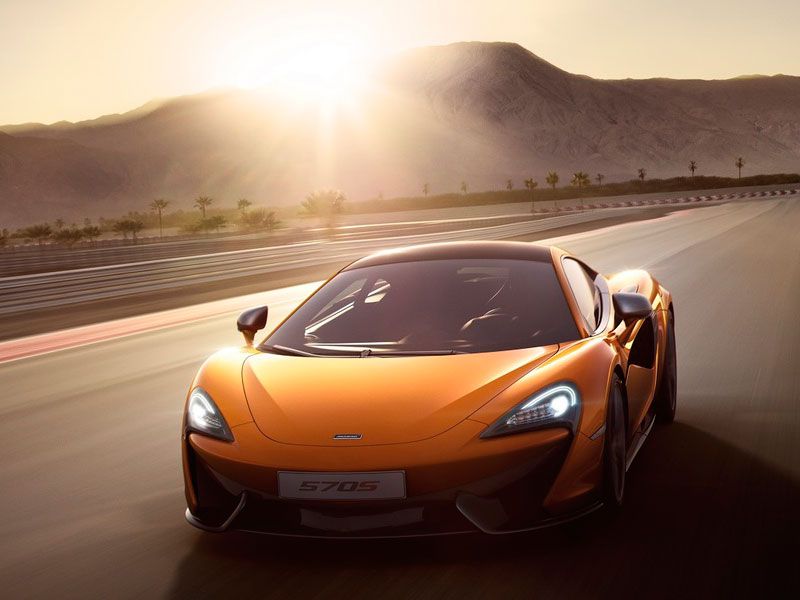
Photo by McLaren
2017 Mercedes-Benz E-Class
A new generation of the Mercedes-Benz E-Class has launched for the 2017 model year and it would take a book to describe all the technology available. But let’s mention a few special features. A forward cross traffic system senses when someone is coming out of a side street and can apply the brakes if necessary. Evasive Steering Assist does exactly that. A special seat bolster pushes an occupant away from an impending side impact. Smart headlights have several illumination patterns for varying conditions, selected automatically. And the car can be parked by remote control using a smartphone. Mercedes-Benz is a regular presence at the cutting edge and the E-Class tends to be an early recipient of new technology.
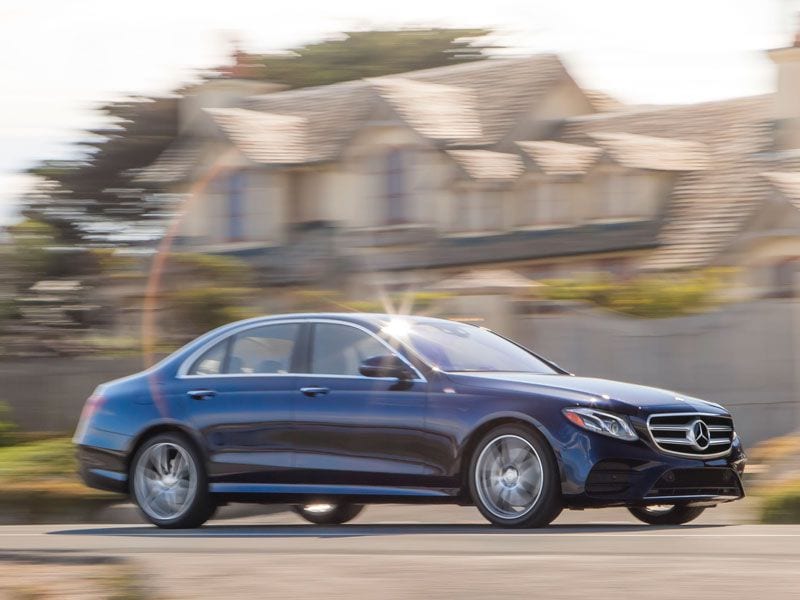
Photo by Mercedes-Benz
2017 Tesla Model X
This is the all-electric crossover with the “falcon wing” rear passenger doors. They’re not a gimmick. They require just 12 inches of clearance either side, yet can flip up to provide excellent access to the second and third row of seats. The space they create is especially useful when buckling children into their seats. Tesla’s battery technology has advanced to the point where it can claim a range of 289 miles for this all-wheel drive vehicle, its autonomous driving features are among the best developed, the company’s supercharger network now stretches across the United States, and software updates are received automatically “over the air.” If all this wasn’t happening right now, people might say it was futuristic.
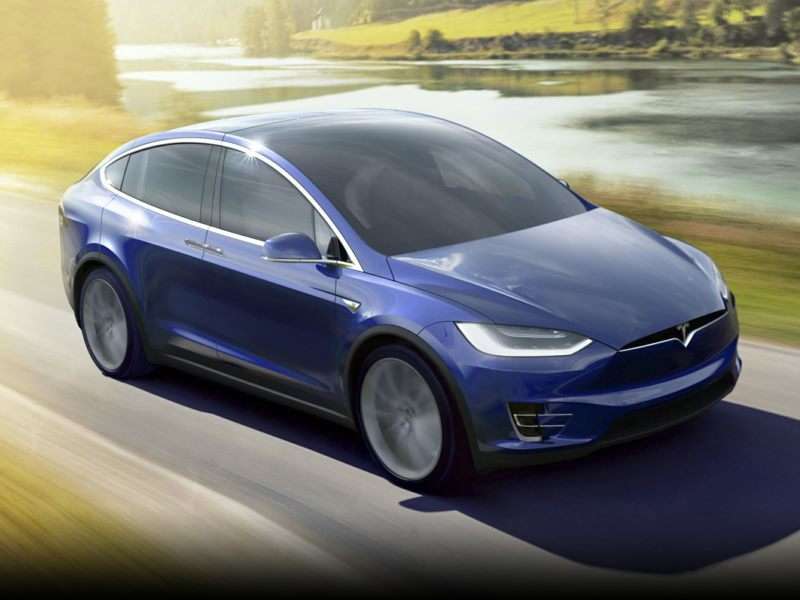
Photo by Tesla
2017 Toyota Mirai
The Mirai is a fuel cell vehicle. It’s about the size of a Camry and uses hydrogen, which becomes electricity, which powers the car. It has a useful 151 hp, range is 312 miles and it takes about five minutes to refill the tank. Fuel cell vehicles are not new. Honda had one available for a limited lease in 2002 and the concept goes back much further. The technology is still being improved upon as companies like Honda, Hyundai, Mercedes-Benz and Toyota apply their considerable talents and budgets. The Mirai is only on sale in California at the moment, because of the incredibly patchy hydrogen supply infrastructure. But fuel cell vehicles could eventually be a big thing.
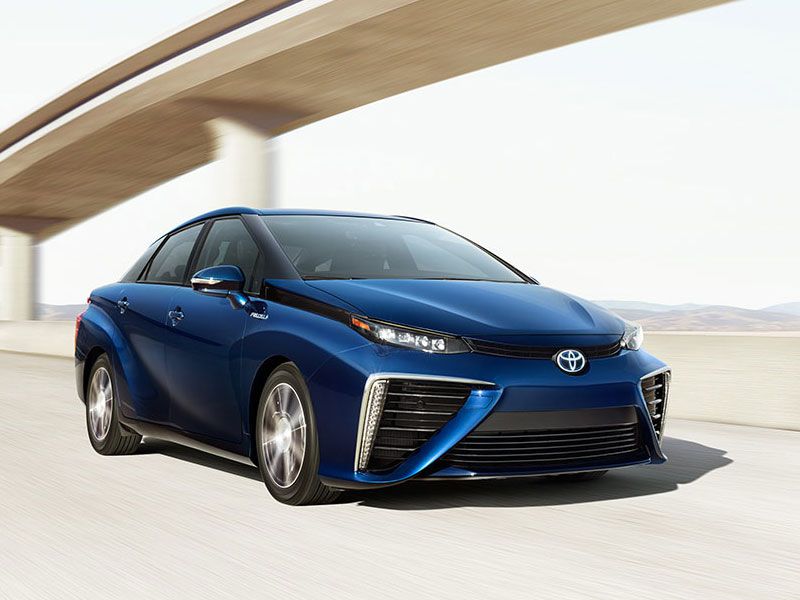
Photo by Toyota
2017 Volvo XC90
Because Volvo is Volvo, it puts a lot of brain power into protection. And not just for the benefit of the people inside the company’s vehicles. In the XC90, City Safety detects pedestrians and cyclists, as well as providing an intersection brake feature. Imagine sitting in the middle of a junction, waiting to turn against the flow of traffic. We might not have the best view, but think we’re safe enough to make our move. The XC90 has an array of sensors and can stop us from moving into the path of an oncoming vehicle. Another Volvo first is the shock-absorbing seat, which can reduce spinal damage if the XC90 runs off the road during an accident.
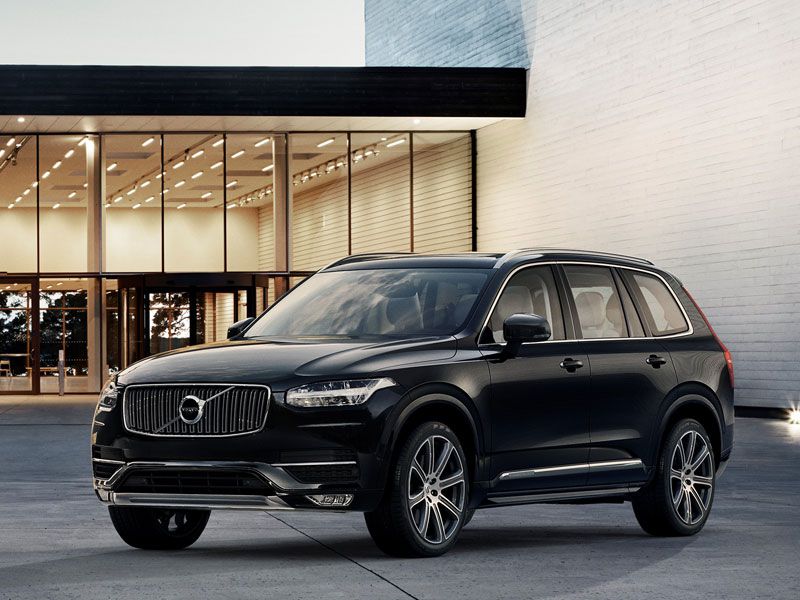
Photo by Volvo